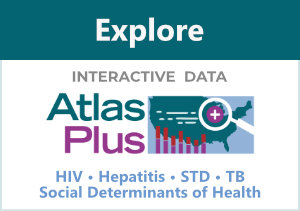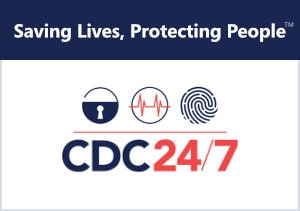Human Immunodeficiency Virus (HIV)
Gay, bisexual, and other men who have sex with men are disproportionately affected by HIV. Racism, discrimination, HIV stigma, and homophobia affect the overall health of some gay and bisexual men. Additionally, lower income levels and higher rates of unemployment and incarceration may make it harder for some gay and bisexual men to seek and receive high-quality health care, including HIV testing, treatment, and other prevention services. Learn more about HIV, including how it’s transmitted, how to prevent it, and how to get tested for HIV.
How is HIV spread?
Most people who get HIV get it through anal or vaginal sex, or sharing needles, syringes, or other drug injection equipment (for example, cookers). But there are powerful tools that can help you prevent getting or transmitting HIV.
What increases my chances of getting or transmitting HIV?
Most gay and bisexual men get HIV from having anal sex without using condoms or medicines to prevent or treat HIV. Anal sex is the type of sex most likely to transmit HIV. Being the bottom or having your partner’s penis inside you makes you more likely to get HIV than being the top or putting your penis inside your partner. Either partner can get HIV during vaginal sex. Learn more about HIV transmission.
How often should I get tested for HIV?
If you’re a sexually active gay or bisexual man, you may benefit from more frequent testing (every 3 to 6 months). Talk to your health care provider about your risk factors and what testing options are available to you. Learn more about HIV testing.
How can I prevent getting or transmitting HIV?
Today, more tools than ever are available to prevent HIV. You can use strategies to protect yourself during sex, including using condoms every time you have sex and getting tested and treated for other sexually transmitted diseases (STDs). HIV prevention medicines such as pre-exposure prophylaxis (PrEP) and post-exposure prophylaxis (PEP) are highly effective at preventing HIV if taken as prescribed. If you have HIV, there are many actions you can take to prevent transmitting HIV to others. Learn more about HIV prevention.
Can HIV be treated?
There is no cure for HIV, but you can control it with HIV treatment. HIV treatment (antiretroviral therapy or ART) involves taking medicine as prescribed by a health care provider. HIV treatment reduces the amount of HIV in your body and helps you stay healthy. HIV treatment can make the viral load so low that a test can’t detect it (called an undetectable viral load). Getting and keeping an undetectable viral load (or staying virally suppressed) is the best way to stay healthy and prevent transmitting HIV to others. Most people can get the virus under control within six months. Learn more about HIV treatment.



